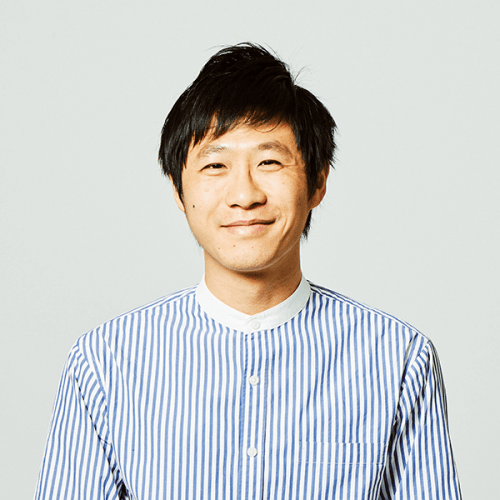A Cycling Tour of Hagurosan, Sakata, and Tsuruoka
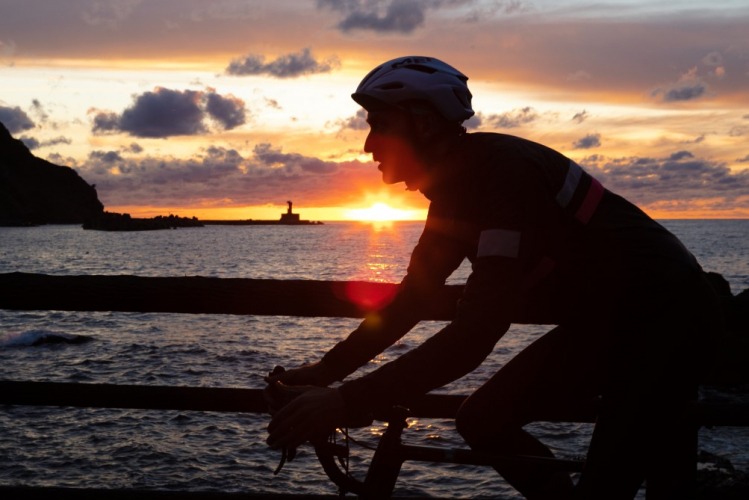
This article is about the coastal cycling route in Yamagata Prefecture, with comments by American cyclist Michael Rice on highlights such as Mt. Haguro, a training ground for monks, Sakata, the former Kitamae-bune port, and Yura Beach, where the visitors can enjoy the sunset.
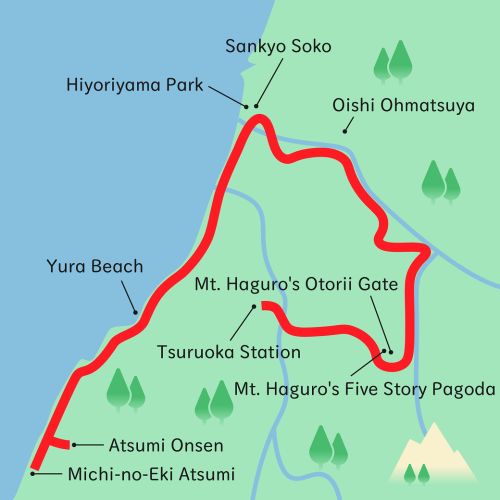
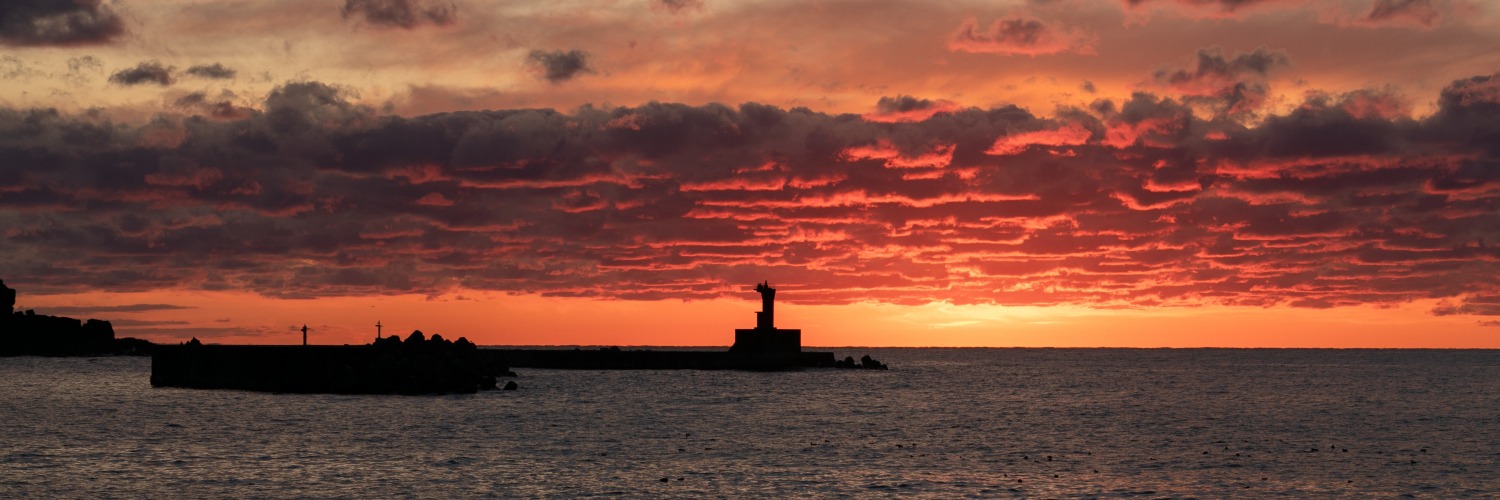
Let's Take A Dewa Sanzan Cycling Tour from Tsuruoka Station!
This article features the coastal cycling route in Yamagata Prefecture that includes Mt. Haguro, (one of the mountains of the Dewa Sanzan), Sakata, and Yura Beach. Also featured are comments from Michael Rice, an American cyclist living in Japan!
Sangaku shinko (mountain worship) is an ancient practice in Japan, and the Dewa Sanzan (the three mountains of Gassan, Mt. Haguro, and Mt. Yudono, located near Tsuruoka City in Yamagata), have long been known as an important place of worship.
During the Edo Period, pilgrimages to the Dewa Sanzan became quite popular. Even today, a large number of monks come to train in these mountains, and many people visit these popular shrines.
In addition to the Dewa Sanzan, Yamagata Prefecture also boasts charming locations like Sakata and Yura Beach. To enjoy the grand outdoor atmosphere more fully, let's try cycling to these scenic spots!
We'll start from JR Tsuruoka Station, the gateway to the Dewa Sanzan. In 2002, Tsuruoka Station was chosen as one of the top hundred stations in the Tohoku Region.
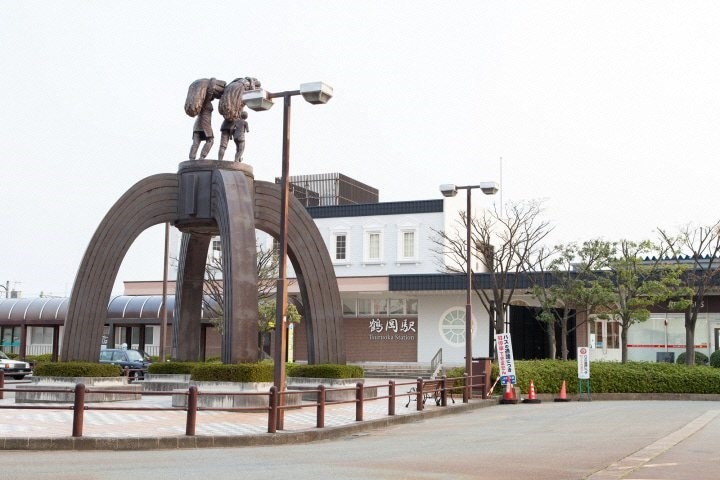
Photograph courtesy of PIXTA.
Useful Information
There's a rent-a-cycle stand near the station, and while it may be fun to ride around on your own, The Hidden Japan also offers various cycling tours for visitors, if you prefer. A guide accompanies all tours, so participants can learn about the surrounding area.
<Rent-a-cycle>
Bicycles also can be borrowed for the day at the information center inside Foodever, a commercial facility facing Tsuruoka Station. This service is available from April to November. There is no fee, but visitors to Japan will be asked to show their passports. Bicycles must be returned by 17:00 the same day.
Please see the Tsuruoka Tourism Bureau site for more information. (Japanese link)
<Experience A Tour of the Local Sights>
A guide who is also a yamabushi (*1) accompanies The Hidden Japan tours, which visit spots like the five-storied pagoda at Mt. Haguro, Gassan Kogen Farm, and Gyokusenji Temple.
Along the way, participants can enjoy matcha tea, Japanese sweets, and shojin ryori. Tours are held from April to November. Please check the Hidden Japan's official site for details.
*1 Yamabushi: A shugendo monk. The practitioners of shugendo train rigorously in the mountains to achieve spiritual awakening.
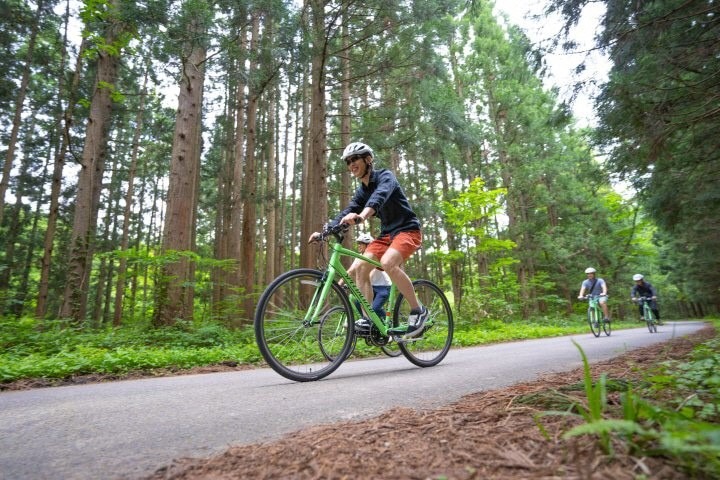
Photograph courtesy of The Hidden Japan.
Cycle From Mt. Haguro's Otorii Gate to the Sacred Zone
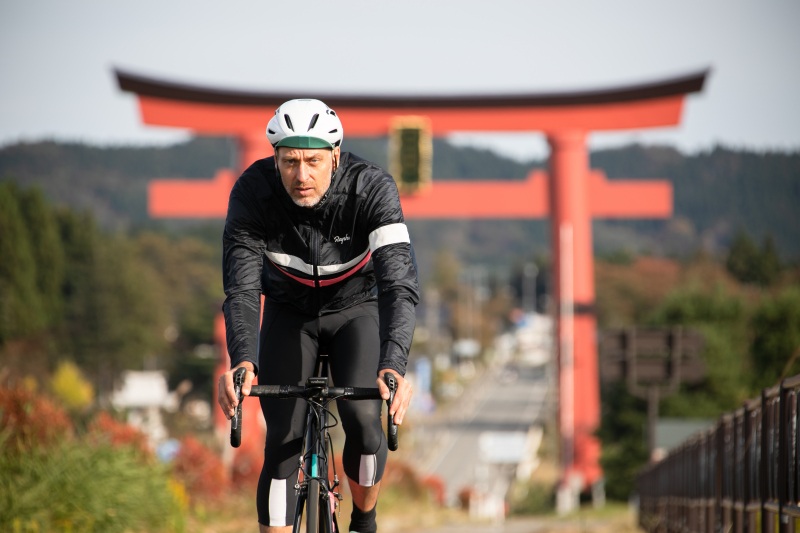
Photograph courtesy of Yamagata Prefecture.
The mountain worship of the Dewa Sanzan is based on the idea of reincarnation. A pilgrimage to the three peaks, which respectively represent the present, past, and future, is an embodiment of this philosophy.
Mt. Haguro, which sits the closest to a populated area, symbolizes the present. Visitors go to this mountain to pray for happiness in their lives.
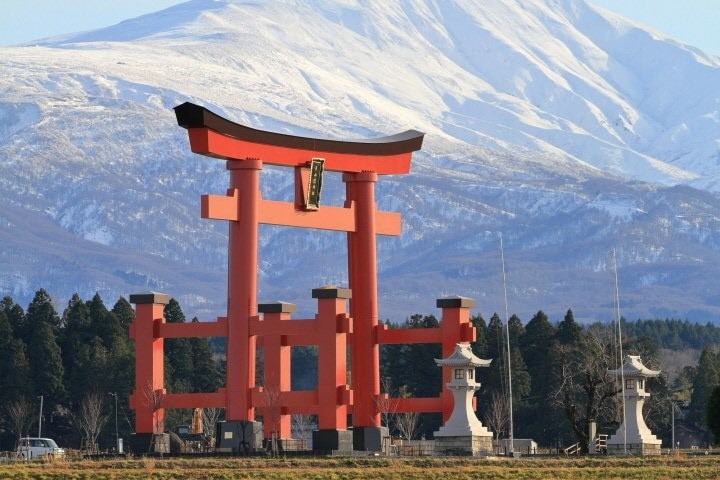
Photograph courtesy of PIXTA.
Mt. Gassan, located to the south of Mt. Haguro, is a symbol of the past. Due to its elegant profile, this peak is believed to be the place ancestral spirits dwell. After visiting Mt. Haguro, people come to Mt. Gassan to pray in the hope of going to heaven in the afterlife.
Mt. Yudono, the symbol of future, is located to the west of Mt. Gassan. Mt. Yudono Shrine, located halfway up the mountain, enshrines a red boulder that is also the source of a hot spring. This is the final stop on the Dewa Sanzan pilgrimage, where people pray for happiness in the afterlife.
Practitioners of Shugendo (Japanese mountain asceticism) believe they will be transformed into new beings after training in the Dewa Sanzan.
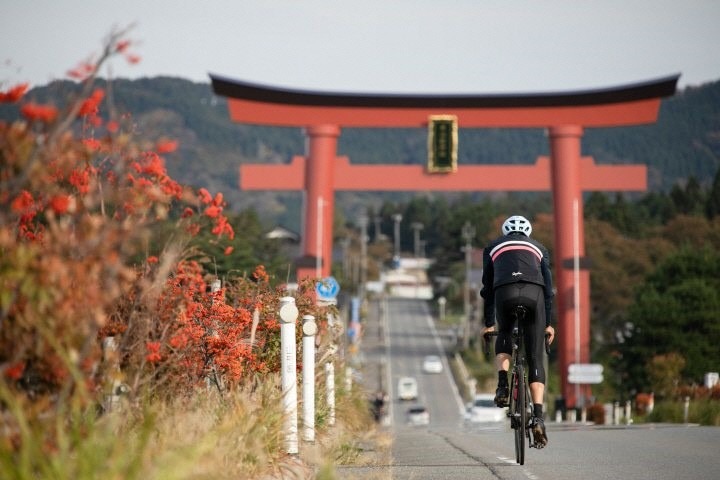
Photograph courtesy of Yamagata Prefecture.
The O-torii (Great Gate) of Mt. Haguro measures 23.8 meters in height and 31.6 meters in width, and is located along the Tsuruoka-Haguro Line of Yamagata Prefectural Road 47.
The torii gate marks the entrance to the shrine sanctuary, and its appearance fills viewers with reverence. Mr. Rice, who rode to the O-torii gate on his bicycle, smiled and said, "the view of the huge torii standing at the base of the mountain is truly an awe-inspiring sight."
See the Five-storied Pagoda of Mt. Haguro
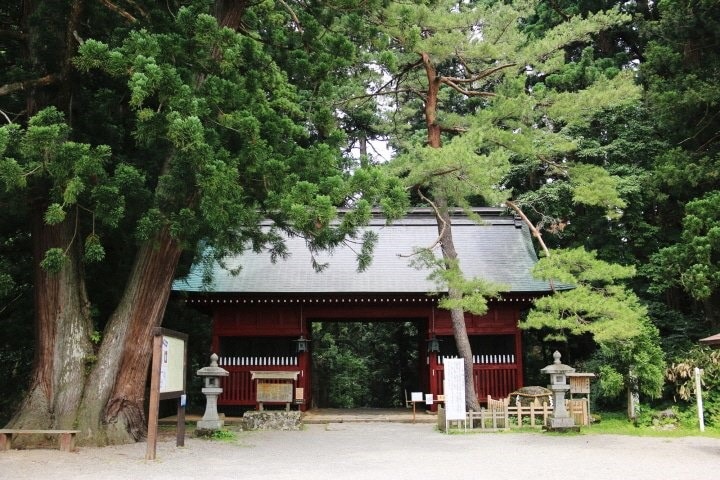
Photograph courtesy of PIXTA.
A red gate called the Zuishinmon Gate stands at the entrance of Mt. Haguro. A shimenawa, which is a protective sacred rope that divides the sanctuary from the everyday world, is draped over a rock beside the gate, and beyond the gate lies the sanctuary of the Dewa Sanzan.
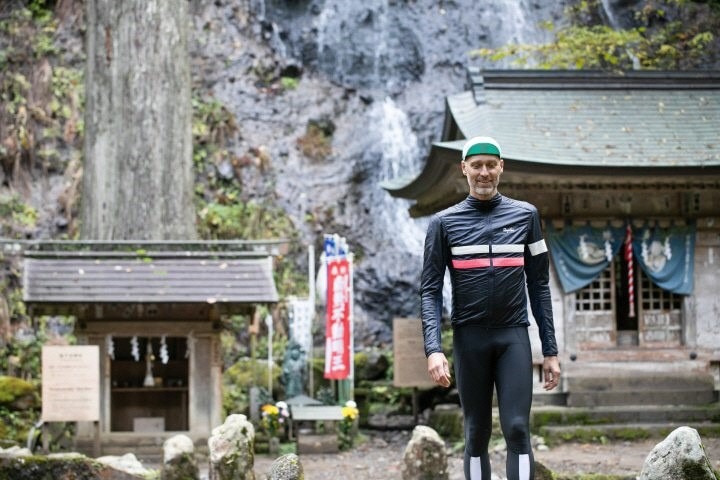
Photograph courtesy of Yamagata Prefecture.
One of the highlights of Mt. Haguro is the five-storied pagoda, which has been designated a national treasure.
Cedar trees line both sides of the approach from the Zuishinmon Gate to the pagoda.
One of the trees, called Jiji-sugi (grandfather cedar) is said to be over 1,000 years old, and has been designated a natural monument by the Japanese government.
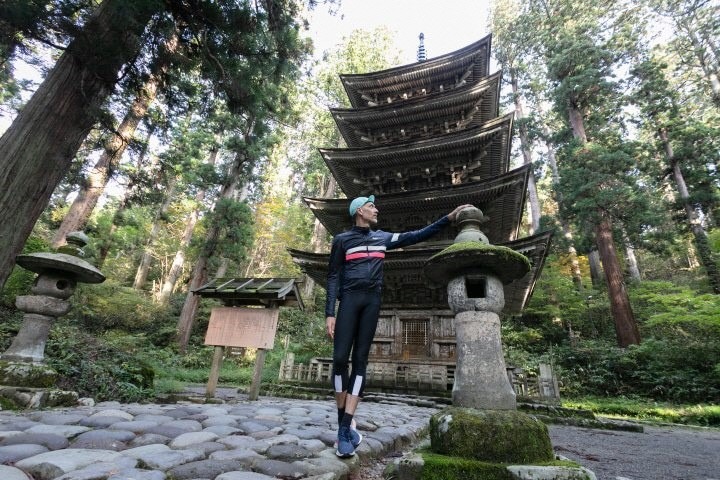
Photograph courtesy of Yamagata Prefecture.
The pagoda stands near the Jiji-sugi. The original pagoda is said to have been built about 1,000 years ago, by Taira no Masakado, a Japanese warrior who seized power at that time. The current pagoda was rebuilt about 600 years ago and stands 29 meters tall; it is the oldest tower in the Tohoku Region.
"This is an ideal spot to appreciate the spirit of Japanese culture," Mr. Rice said after his visit. "The sublime pagoda, which enshrines a deity of the mountain, stands in a deep forest. Visitors can understand why the deities decided to come here."
Historic Sakata: A Port of Call for the Kitamae-bune
The port of Sakata, located to the north of the Dewa Sanzan, once prospered as a port of call for Kitamae-bune, merchant vessels that sailed the Sea of Japan during the 18th century. The ships are famous for their owners, who doubled as traders. They purchased rice, salt, and local products at one port, and made a profit by selling the goods at other ports. Sakata is filled with historic spots that remind and teach visitors about its history.
Experience the Sankyo Soko Storehouses
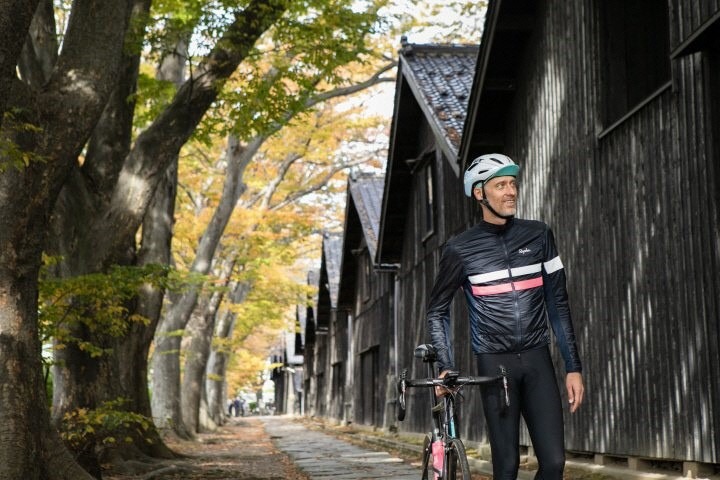
Photograph courtesy of Yamagata Prefecture.
The Sankyo Soko (storehouses) are another legacy of the Edo period. Built in 1893 as a storage place for rice, the facility helped to support Sakata's role as a port for shipping rice.
A total of 10,800 tons of rice can be stored in the nine, dozo-styled (*2) storehouses. The zelkova trees behind the facility were planted to shade the storehouses from the sun. Now, they too are seen as a symbol of Sakata.
"This is like a dream," Mr. Rice said as he stood before the row of trees. "I can imagine the days when the Kitamae-bune sailed the seas."
*2 Dozo: A storehouse with thick mortared walls.
Walk in Hiyoriyama Park
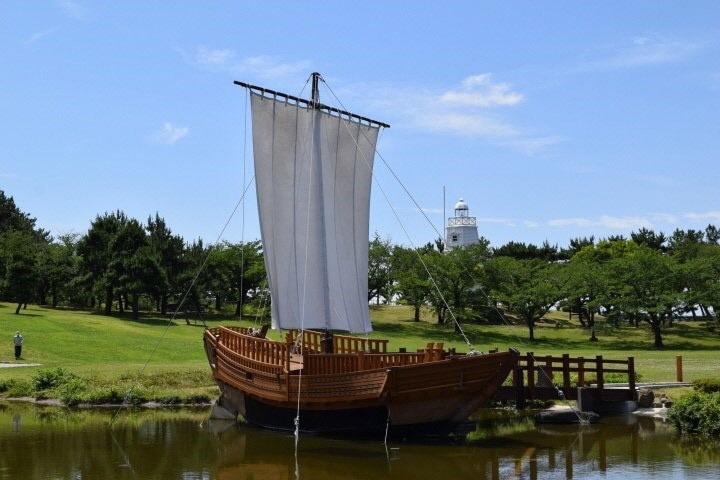
Photograph courtesy of PIXTA.
Hiyoriyama Park is another spot where visitors can appreciate the Kitamae-bune legacy. Highlights of the park include a stone lantern donated by a shipowner as a prayer for a safe voyage, a stone compass, and the oldest wooden lighthouse in Japan. You can also see a half-sized model of a Kitamae-bune.
Eat at Oishi Ohmatsuya: A Soba Restaurant in the Mountains
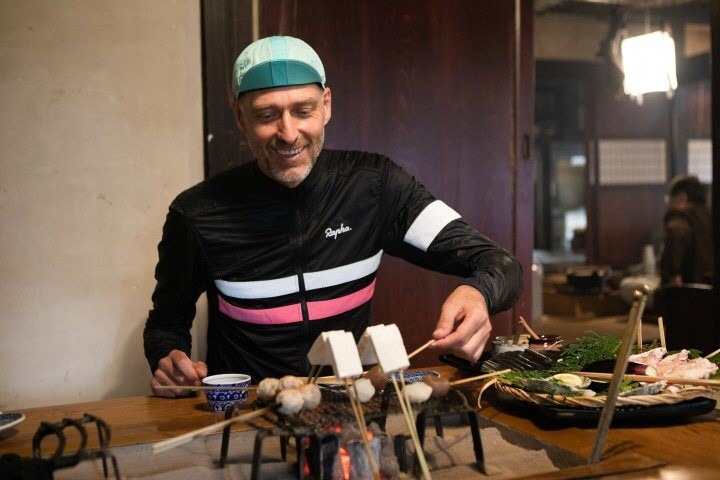
Photograph courtesy of Yamagata Prefecture.
Oishi Ohmatsuya is a soba restaurant located in a mountain village in the central part of Sakata. It is famous for its handmade noodles, which are made with local spring water and buckwheat flour, as well as for dengaku (miso-glazed meats and vegetables) grilled on an irori (sunken hearth). The noodles have a firm texture, and their fragrance excites your senses with every bite.
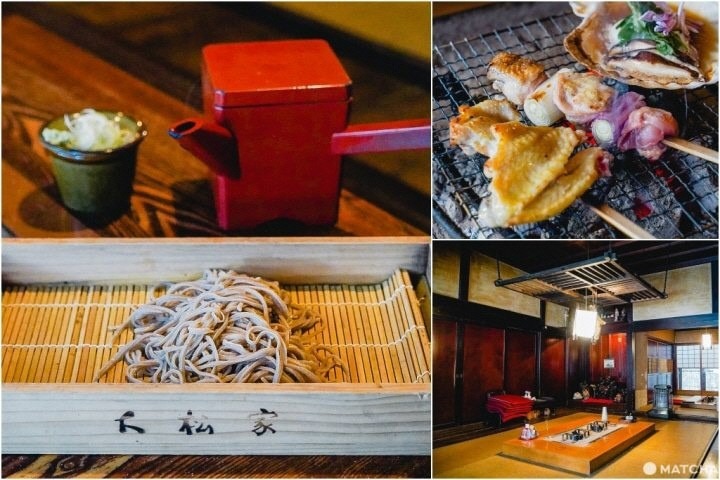
Because the restaurant uses locally-grown food, the vegetables and meat used for the dengaku are always fresh. Visitors can enjoy the natural flavor and the fragrance of the charcoal-grilled delicacies.
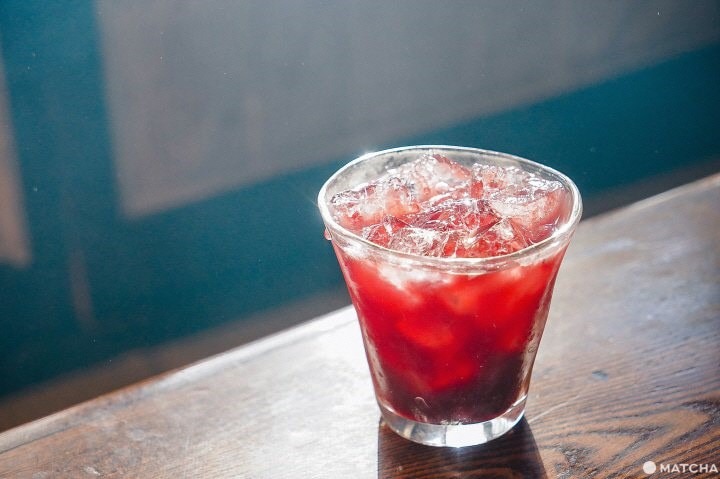
After the meal, be sure to try the sweet and tangy wild grape juice. It's the perfect drink to rehydrate after cycling.
"It felt like traveling back in time," Mr. Rice said as he enjoyed a meal in a building built over a hundred years ago. "Warm meals must have supported the people living in the snowy areas. This is a great place to imagine the way people lived in the past, while enjoying the food."
Experience the Sunset at Yura Beach
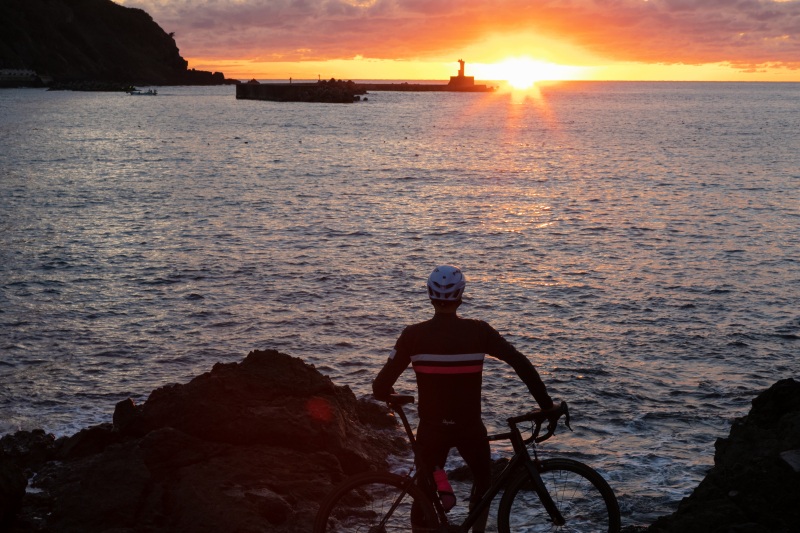
Photograph courtesy of Yamagata Prefecture.
From Sakata, you can ride a bicycle along the Sea of Japan to the southwest, until you arrive at Yura Beach in Tsuruoka City, which is famous for beautiful sunsets and fine-grained sand. The beach, with its clear, calm waters and relaxing views, was chosen by the Japanese Ministry of the Environment as one of the 100 Best Beaches in Japan.
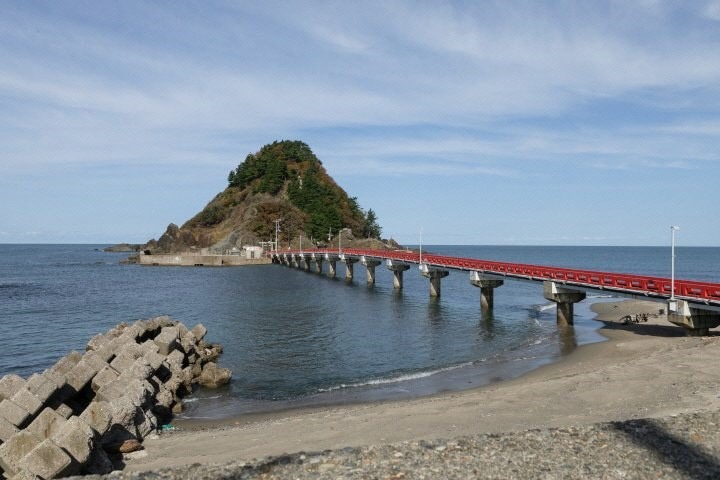
Photograph courtesy of Yamagata Prefecture.
One of the beach's most famous landmarks is Hakusanjima Island, which was created by a volcanic eruption that occurred thirty million years ago. At the top of the hill stands Hakusan Jinja Shrine, where people pray for safe voyages and fishermen pray for a good catch. Visitors can climb 263 stone steps to reach the shrine, which also offers an expansive view of the Sea of Japan.
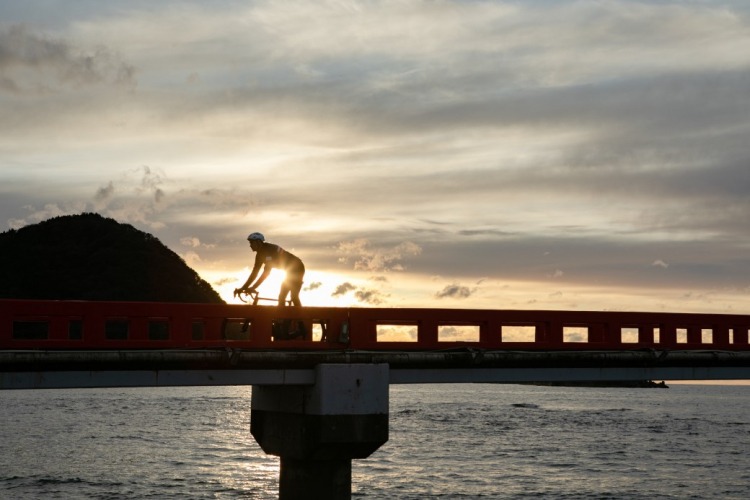
Photograph courtesy of Yamagata Prefecture.
Hakusanjima Island is connected to the beach by a 177-meter long red bridge, that makes cyclists feel like they are gliding over water. Mr. Rice, who has traveled all over Japan, describes the Sea of Japan as exceptionally beautiful. While watching the sunset at Yura Beach, he added, "Words like 'breathtaking' or 'magnificent' cannot describe the sight of the sun setting behind Hakusanjima."
Enjoy Ashiyu Foot Baths and Seafood at Atsumi Onsen
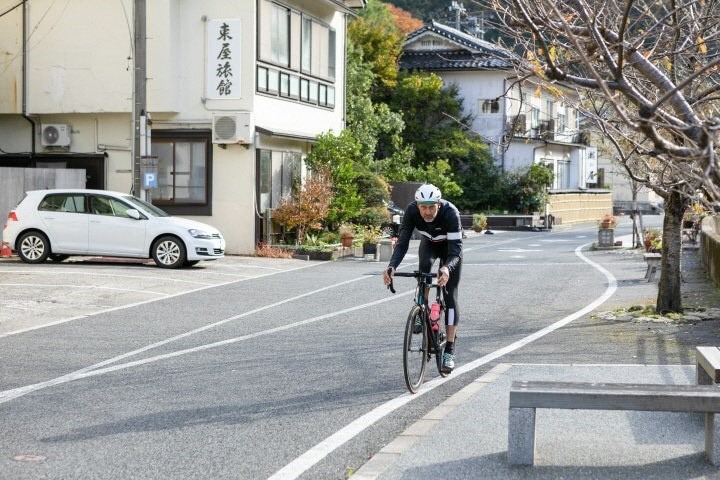
Photograph courtesy of Yamagata Prefecture.
Atsumi Onsen (volcanic hot spring) is located to the south of Hakusanjima Island, along the Atsumi River.
In this area, you can experience cherry blossoms in spring, fishing in summer, the sight of salmon swimming upstream in autumn, and sparkling, snow-covered landscapes in the winter.
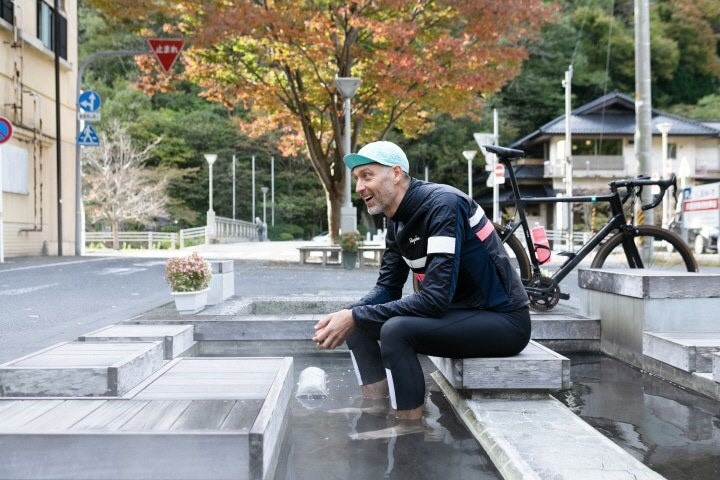
Photograph courtesy of Yamagata Prefecture.
This area has three ashi-yu (foot baths), called Anbe-yu, Mokke-yu, and Mosshe-yu, which mean health, gratitude, and amusement, respectively, in the local Atsumi dialect. Mosshe-yu even features a cafe, where visitors can dine while using the foot bath. Mr. Rice rode through Atsumi in the morning, and commented that the "hot spring has a relaxing effect on the whole area."
Dine at Hayaiso Drive-in
Visitors will relish the local seafood of Atsumi Onsen, which sits on the Sea of Japan. To eat heartily at an affordable price, be sure to visit Hayaiso Drive-in, the restaurant at Michi-no-Eki (Rest Stop) Atsumi Sharin.
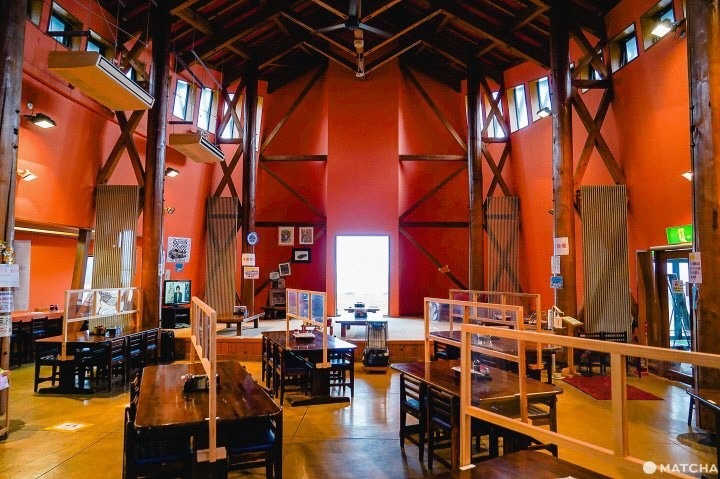
The seafood is fresh and superb, as the restaurant owner purchases it from nearby Nezumigaseki Port every day.
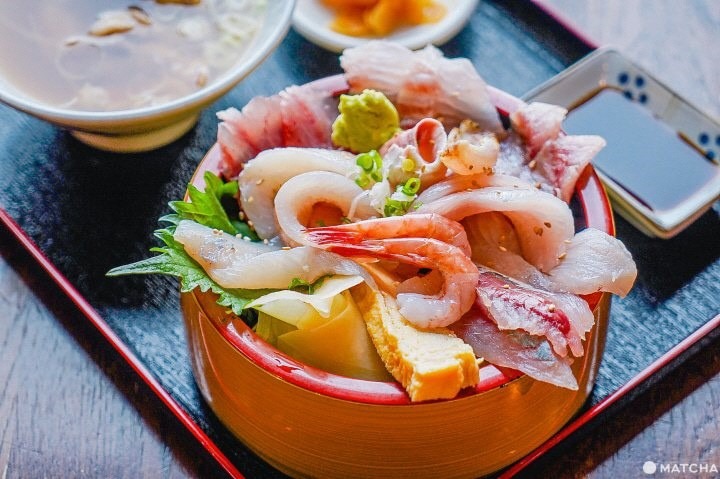
Higawari-don (daily bowl) is a popular menu item that lets visitors taste the local, seasonal fish. It features nine types of sashimi, including shrimp, sea bream, and flatfish, artfully arranged on top of rice. Each piece of sashimi is firm, plump, and fresh from the sea. The selection of fish included varies daily, depending on the local catch.
Admire the Scenery from a Bicycle
A bicycle tour lets visitors appreciate and experience the culture of sangaku shinko, the mystic surroundings of the Dewa Sanzan, and the breathtaking views and delicious seafood of Sakata, Yura Beach, and Atsumi Onsen on the coast of the beautiful Sea of Japan.
This article featured the coastal cycling route, but there are also numerous spots worth visiting in the inland area too, where you can taste delicious fruits and see the great Mogami River.
Our article about the inland cycling route will be released soon--be sure to come back often so you don't miss it!
Author:Chen Jou Yuan(Editor - Traditional Chinese)
